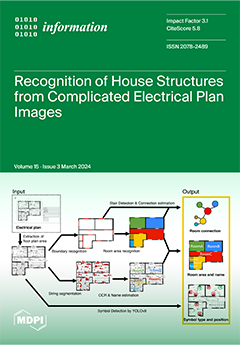In this paper, we have developed the
SEMAR (Smart Environmental Monitoring and Analytics in Real-Time) IoT application server platform for fast deployments of IoT application systems. It provides various integration capabilities for the collection, display, and analysis of sensor data on a single
[...] Read more.
In this paper, we have developed the
SEMAR (Smart Environmental Monitoring and Analytics in Real-Time) IoT application server platform for fast deployments of IoT application systems. It provides various integration capabilities for the collection, display, and analysis of sensor data on a single platform. Recently,
Artificial Intelligence (AI) has become very popular and widely used in various applications including IoT. To support this growth, the integration of AI into
SEMAR is essential to enhance its capabilities after identifying the current trends of applicable AI technologies in IoT applications. In this paper, we first provide a comprehensive review of IoT applications using AI techniques in the literature. They cover predictive analytics, image classification, object detection, text spotting, auditory perception,
Natural Language Processing (NLP), and collaborative AI. Next, we identify the characteristics of each technique by considering the key parameters, such as software requirements, input/output (I/O) data types, processing methods, and computations. Third, we design the integration of AI techniques into
SEMAR based on the findings. Finally, we discuss use cases of
SEMAR for IoT applications with AI techniques. The implementation of the proposed design in
SEMAR and its use to IoT applications will be in future works.
Full article





